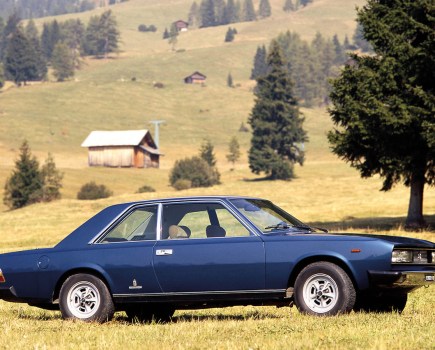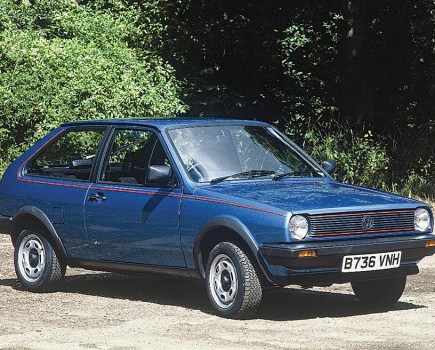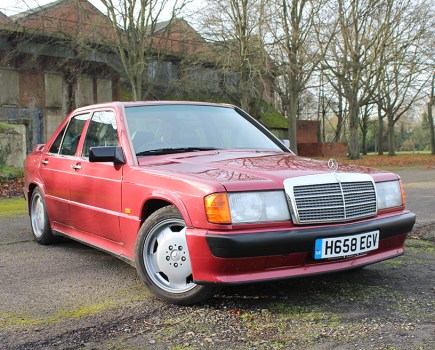The R3-generation Rover 200 and subsequent 25 both offer terrific value as modern classics. Here’s what to look out for
Words: Paul Guinness Images: Paul Wager
Seldom is a new model to be smaller than the car it replaces, but that was the case in 1995 with the R3-generation Rover 200, which actually shaved two inches off its R8 predecessor’s length. Rover hoped it would be seen as ‘premium’ and priced it accordingly, making the 200 seem too expensive compared with the marginally shorter superminis of the time – and too small inside to be seen as a rival for the Ford Escort or Volkswagen Golf.
Nevertheless, there was a lot going for the new Rover 200, with its curvaceous three- and five-door styling and smartly finished interior ensuring it stood out from the crowd. Unlike the Civic-based new Rover 400 range of the same year, it was distinctively British rather than Honda-derived in terms of appearance.
Under the bonnet were familiar K-Series petrol engines in 1.4- (8v and 16v), 1.6- and 1.8-litre 16v guises, along with the 2.0-litre L-Series diesel. The 143bhp, 1.8-litre 200 Vi used the same powerplant as the MGF VVC, a unit shared with the limited-edition Rover 200 BRM of 1997. The range expanded downwards in 1998 with a 1.1-litre petrol version, aimed at filling the gap left by the Rover 100. Late 1999 saw the 200 R3 heavily revised and rebadged as the Rover 25, featuring a new front end with quad headlamps (reminiscent of the new Rover 75), along with suspension and steering updates, plus improved safety. The VVC-engined model was now known as the 25 GTi.
Rover Group was relaunched as MG Rover once BMW bailed out in 2000, and under this regime the 25 range was facelifted; April 2004 saw the arrival of a new front grille and lights, redesigned tailgate and more modern dashboard. Just 12 months later, production ground to a halt with the collapse of MG Rover.

Bodywork
With even the latest Rover 200 R3 models now almost two decades old, it’s no surprise that rust is an issue – although the 200 is no more susceptible than most of its contemporaries. The Rover 200 was a well-built machine but quality took a dive on late-model 25s. Front wings are vulnerable, particularly near where they meet the front bumper and around the arch. But the good news is that new wings are available from Rimmer Bros, priced at between £60 and £133 at time of writing depending on the exact model.
Check the sills thoroughly (particularly at the back), as these are prone to rust; look out for signs of bubbling paint, dodgy looking underseal, filler and poor-quality patch repairs. The bottoms of the doors can also corrode, although used replacements should be fairly easy to source. Check rear wheelarches carefully along with the rear quarter panel above the wrap-around bumper, as these are among the first areas to show rust. The inner wheelarches corrode, leading to problems with the outers; by the time bubbling paintwork is visible, it’s likely that rust will be pushing through from behind. Rust around the tailgate hinges isn’t unusual, which can then spread to the roof panel, and the tailgate itself can rot along its bottom edge and around the handle.
The underside of any Rover 200 will need a good going over, as neglected cars can have floorpan issues, plus anywhere there’s a mud trap. The steering and front suspension are carried on a subframe that generally lasts well but will need checking for structural rust. The point where the subframe joins to the main body structure can also corrode. The good news is that panels and repair sections are readily available from Rimmer Bros amongst others, although cost-effectiveness will need to be factored in. Unless it’s a rarity like a 200 BRM, you’ll save money by buying a better example in the first place.

Engine and transmission
The most famous issue with a K-Series engine is head gasket failure, although there are plenty of well-maintained examples of the Rover 200 that continue to prove reliable. Check for oil in the coolant and vice versa, and make sure that during an extensive test drive the car reaches and maintains normal operating temperature. A head gasket upgrade to the latest multi-layer design will cure the problem, but cost of parts and labour should be factored in. As well as the water pump, it’s a good idea to change the radiator and hoses at the same time for a complete coolant upgrade. K-Series cambelt intervals vary: for non-VVC engines a replacement tends to needed at six years or 90,000 miles, while for the L-Series diesel it’s seven years or 84,000 miles. If the car you’re buying shows no evidence of a recent change, factor it into your budget.
An uneven idle with a K-Series tends to be caused by a leaking inlet manifold gasket, although sometimes it’s a sign that one of the electrical connections in the engine management system has become dirty or loose. Potentially expensive ECU faults aren’t common, but sensors can be troublesome at times. All Rover 25s should be OBD2 compatible, so such faults will be easy to locate with even just a basic diagnostic code reader. The L-Series diesel engine was available in the 200 R3 in both standard guise and with an intercooler, the latter giving a useful power boost. Both versions are reliable but check for excessive smoke, an issue sometimes cured via a new fuel filter. It’s not the quietest of diesel engines, but should still tick over smoothly.
The five-speed manual gearboxes used in the 200 R3 are generally reliable but listen for any crunching, as well as excessive whining in fifth gear and at idle. Wear to the input shaft and/or diff bearings can be an issue on higher-mileage cars, and these can suffer from seized bushes in the clutch release arm. We’d recommend avoiding the CVT automatic option that arrived later, as they can be expensive to repair and many specialists won’t touch them.
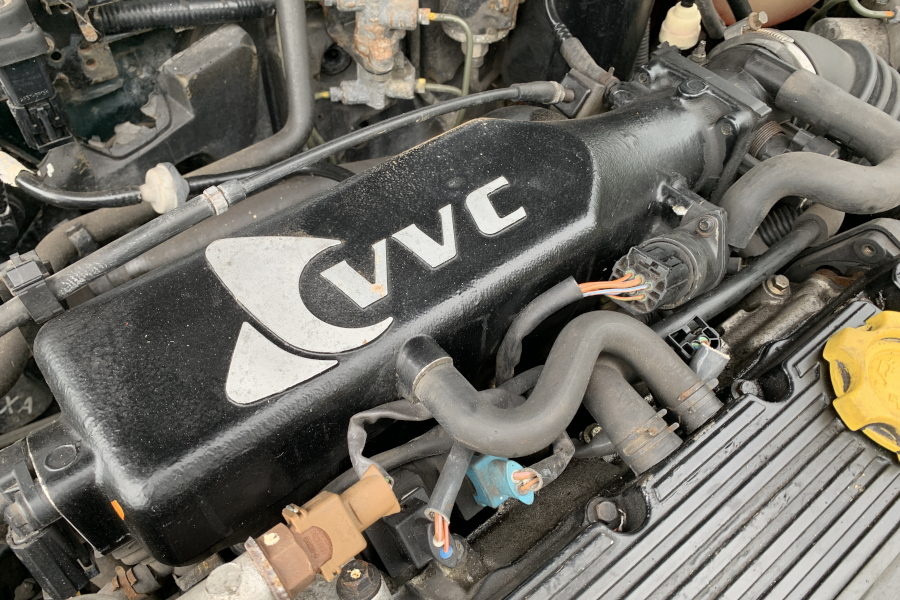
Suspension, steering and brakes
With coils all round and a rear torsion bar, plus power-assisted rack and pinion steering on most models, there are few surprises when it comes to the R3’s mechanical make-up. That said, make sure you’re vigilant in your inspection. Suspension-wise, be on the look-out for rusty or broken coil springs and leaking dampers; if the car feels sloppier than it should, you can assume the dampers are worn. Wear in the ball joints is common, as are split or missing gaiters. The suspension bushes often need replacing, and you should listen out for any clonks or bangs on your test drive. The steering should feel precise and accurate, so be suspicious if it’s unusually vague.
All models come with front disc brakes, with either drums or discs at the rear depending on which version you’re buying. The brakes need a standard check-over, so have a look for scored or warped discs, past-their-best pads, worn brake lines and fluid leaks. ABS was an option, so make sure this is working properly if fitted; if there’s a pulsing through the pedal when braking gently at low speed, it’s likely a problem with the reluctor ring or sensor, although both are relatively easy and inexpensive to replace.
Interior, trim and electrics
With any range that lasted 10 years and went through numerous facelifts and upgrades, there are obviously lots of different R3 trim specs and equipment levels. Most cars will come with fabric upholstery, which is of particularly good quality in the 200 and early 25. Facelift models from the final year came with leather as standard, but it was very low-grade and is prone to splitting even at very low mileages.
Replacement seats and interior trim are available on the used market if required. But if you’re buying a limited-run BRM or a rarer-than-average Rover 200 like a Vi, this won’t be so easy. Whatever the spec, check the front seats for wear (particularly the outer bolsters), feel around for damp carpets, and make sure the headlining hasn’t started to sag.
Electrics will need checking too, so make sure there are no warning lights showing on the dashboard and that the essential functions – central locking, electric windows, air conditioning and instrumentation – are all working as they should.
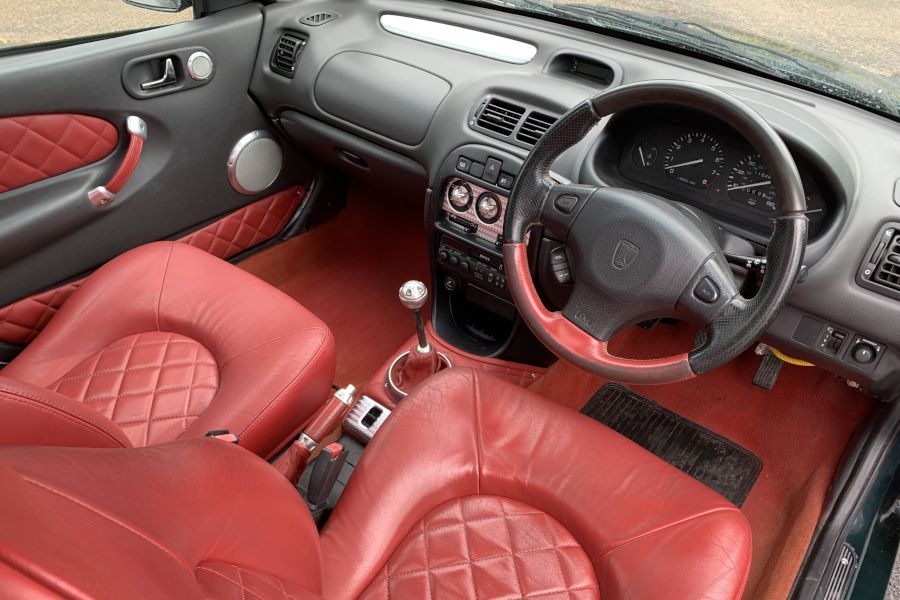
Rover 200 (R3): our verdict
The R3-generation 200 represented a major change for Rover in terms of styling, but it worked well and proved very popular – particularly once it became more competitively-priced later in life. That it was able to be transformed into the Rover 25 after four years and then remain in production until 2005 says a lot about its competitiveness from day one.
K-Series head gasket concerns aside, the 200 R3 is mechanically robust, too. It’s simple enough in spec to make it DIY-friendly, while parts and service items remain affordable enough to keep running costs to a minimum. The wide range of engine sizes, power outputs and trim levels should mean there’s an R3 to suit most requirements, while today’s low values make it an ideal choice for the first-time classic buyer. Just don’t hang around, as there’s been a major drop in the number of survivors in recent years, with immaculate examples becoming harder to track down.
With fewer than 800 built for the UK, the Rover 200 BRM is by far the most expensive Rover R3, with excellent low-mileage examples known to have changed hands for over £5000 in recent years, although around £3000-£3500 should find you a useable survivor in good order, while £1000 or less can get you a project car needing major work. The 200 Vi is also a rarity these days, as is the 25 GTi, both of which will achieve higher prices than a lower-powered R3 but should still be more affordable than a BRM.
In the rest of the line-up, there are potential bargains to be had. Early 200s are getting rarer, yet no more than £500 will find a project car, while decent examples in very presentable condition should be achievable for £1200-£2000 depending on mileage and history. As for regular-spec 25s, these can be worth anything from scrap value for a down-at-heel car to a couple of thousand for a low-mileage one with a full history. To be worth much more than that, it has to be a pristine example that’s seen very little use.
Rover 200 (R3) timeline
1995
Second-generation 200 range launches in three- and five-door guises
1996
143bhp 200 Vi hot hatch joins the range
1997
Distinctive and sporty 200 BRM is unveiled at Frankfurt Motor Show
1998
New 1.1-litre 211 added to range to replace the old Rover 100
1999
Rover updates 200 line-up into new 25, with restyled front end
2000
BMW sells Rover assets to ‘Phoenix Four’; new company is MG Rover
2004
Rover 25 receives front and rear styling update and new dashboard
2005
Collapse of MG Rover sees entire Rover line-up ceasing production
Rover 200 (R3) alternatives
Rover 400 ‘HH-R’
If you fancy a great value Rover from the late-1990s but the R3’s slightly cramped cabin puts you off, its 400 saloon bigger brother could be for you. There’s no sporty Vi or BRM, but plentiful equipment, neat handling and a wide range of engines mean there’s plenty to recommend the HH-R.
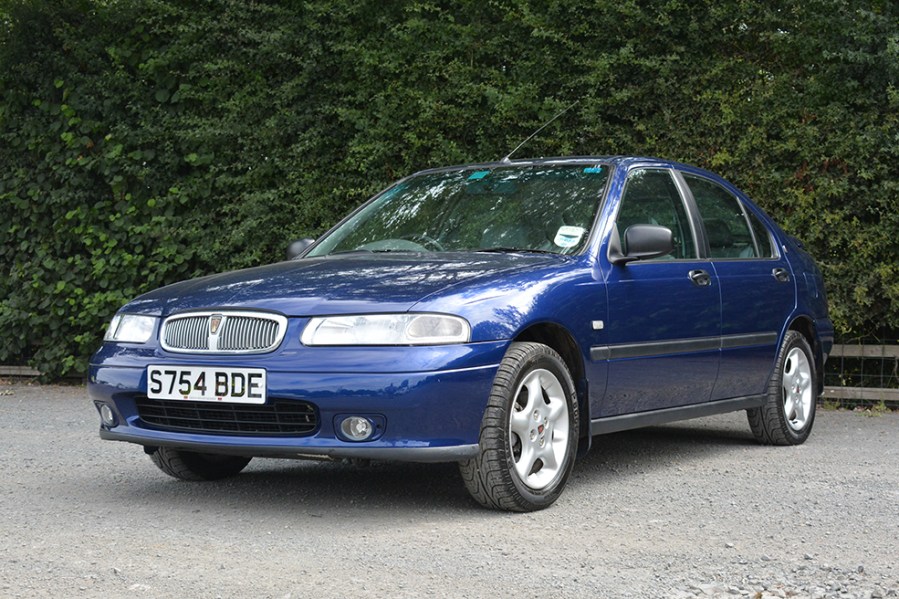
VW Golf Mk3
Some will criticise the Rover’s build quality and lack of bodystyles, both of which the underrated Mk3 Golf has answers for. The GTI is more a torquey cruiser than B-road weapon, but the option of hatches, a cabrio or estate and all manner of engines make this durable family favourite a great daily driver.














